While Zina Aghdasi, a master’s student at the Connell School of Nursing (CSON), was completing a clinical rotation, there was a moment of confusion on the nursing floor. A young patient’s mother, who had immigrated from the Middle East, was insisting that they let her know before any males entered her daughter’s room.
The other nurses were surprised, but Aghdasi, whose own mother came from Iraq to the United States as a Bahá'i refugee in the 1970s, was able to understand this request in its cultural context.
“I felt like I had the ability to educate even more experienced nurses on the floor about why this patient had this perspective,” Aghdasi said.
Her intervention is one small but meaningful example of how cultural alignment improves nursing care and health outcomes—as studies have proven again and again, according to CSON Associate Professor Andrew Dwyer.
“There’s great data showing that if there’s concordance between a provider and a patient’s self-identified race and/or ethnicity, the communication, relationship, and outcomes are more favorable,” said Dwyer, who co-authored a Reproductive Health article on the topic. “There’s a broad body of research showing that it’s not just a nice idea for equity. It’s important for patient care.
”In the wake of the COVID-19 pandemic, which led one in five professionals to leave health care and disproportionately impacted communities of color, the U.S. needs not only more nurses but more nurses from diverse backgrounds who are equipped to provide culturally informed care. Here at the Connell School, Aghdasi is part of a new program that aims to serve this pressing need by supporting graduate nursing students who identify as first generation and/or belong to a historically marginalized group.
A FOUNDATION OF STUDENT SUCCESS
Named for the first African American licensed nurse, the Mary Mahoney Program is designed to support these direct-entry students during their prelicensure coursework in pursuit of an accelerated master of science in nursing degree. (Direct-entry students are those who have earned at least a bachelor’s degree in a field other than nursing.)
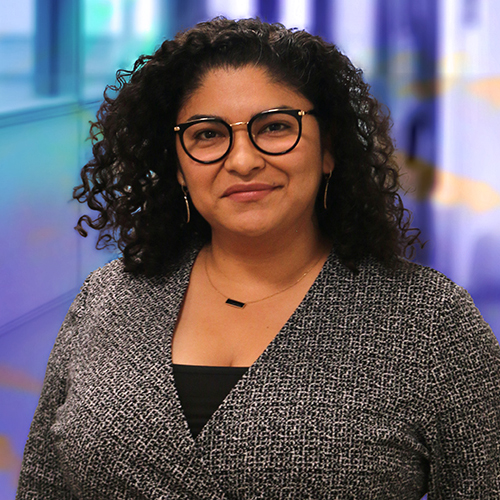
Anya Villatoro, CSON’s assistant dean of student services, diversity, and inclusion
Initially launched in 2020 as a support resource, the program was developed into its current form by Anya Villatoro, CSON’s assistant dean of student services, diversity, and inclusion. She noticed a need to improve academic outcomes for direct-entry graduate students and a gap in the academic literature on how to improve such outcomes. Reviewing the data, she and Dwyer also saw that students from historically marginalized backgrounds were having unique challenges in the program.
In designing the Mary Mahoney Program—which welcomed its first cohort in the fall of 2022—Villatoro took inspiration from medical residency programs and the resources she has seen make a critical difference for students over her 12 years as a student affairs practitioner. She cited three pillars as integral to student success: mentorship, belonging, and support.
“It’s not about throwing down roadblocks and seeing who can get through, or some weeding out process,” said Dwyer. “That’s an old mentality.”
“It’s not just enough to admit people. If you don’t support them, it means nothing.”
—Associate Professor Andrew Dwyer
That said, the direct-entry program is challenging. One first-semester class, Adult Health Theory, is condensed from two full-semester courses into one. Mahoney scholars juggle hours of classes, clinical rotations, and twice-weekly exams. Many students work part-time jobs and commute long distances to and from Chestnut Hill, and some are caring for young children or an older family member. “It’s not just enough to admit people,” said Dwyer. “If you don’t support them, it means nothing.”

Zina Aghdasi
Aghdasi, a certified lactation counselor embarking on a second career in nursing, likened the experience to teaching her three young children how to swim: “We were all in tears at the beginning. But you have to get over that fear of the water, just as you have to get over the fear of caring for other human beings.”
The first-year cohort’s experience included regular meetings with a faculty mentor, financial support for networking and NCLEX exam preparation, and a lunch series highlighting various campus resources including the Wellness Center and Career Center. The lunch also provided space for students to form community and provide feedback on their experiences in the program. Several Mahoney scholars said those lunch dialogues were critical to their formation as students and clinicians.
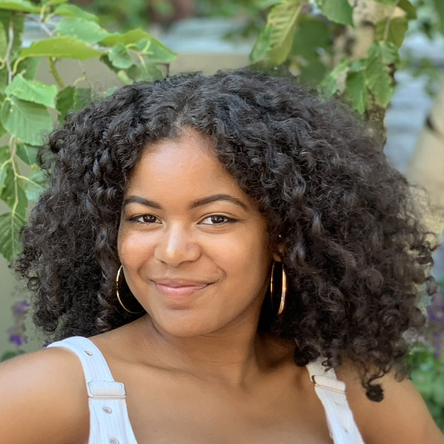
Indiana Argant
“They took our feedback seriously and brought it to the administrative staff,” said Aghdasi. “How many programs allow a group of students to do that?”
“Coming from backgrounds like mine, where no one is necessarily advocating for us, learning to advocate for myself made it feel even more important to do that for others,” said Indiana Argant, D.N.P. ’26. “It felt like, ‘Okay, I’m not just a body in this cohort; I have a voice and I have power within that voice.’”
BUILDING A SUPPORT NETWORK
Because the program is so rigorous and many students have outside commitments, Villatoro worried that Mahoney students might have difficulty forming the social networks conducive to success, especially without dedicated graduate student housing. The program’s cohort structure was designed to respond to that need.
“The cohort experience was probably the most successful aspect of the program,” said Villatoro, referring to the 10-student group of Mahoney scholars. Eventually, students began asking her to meet together more regularly, to discuss challenges such as imposter syndrome, or just to chat.
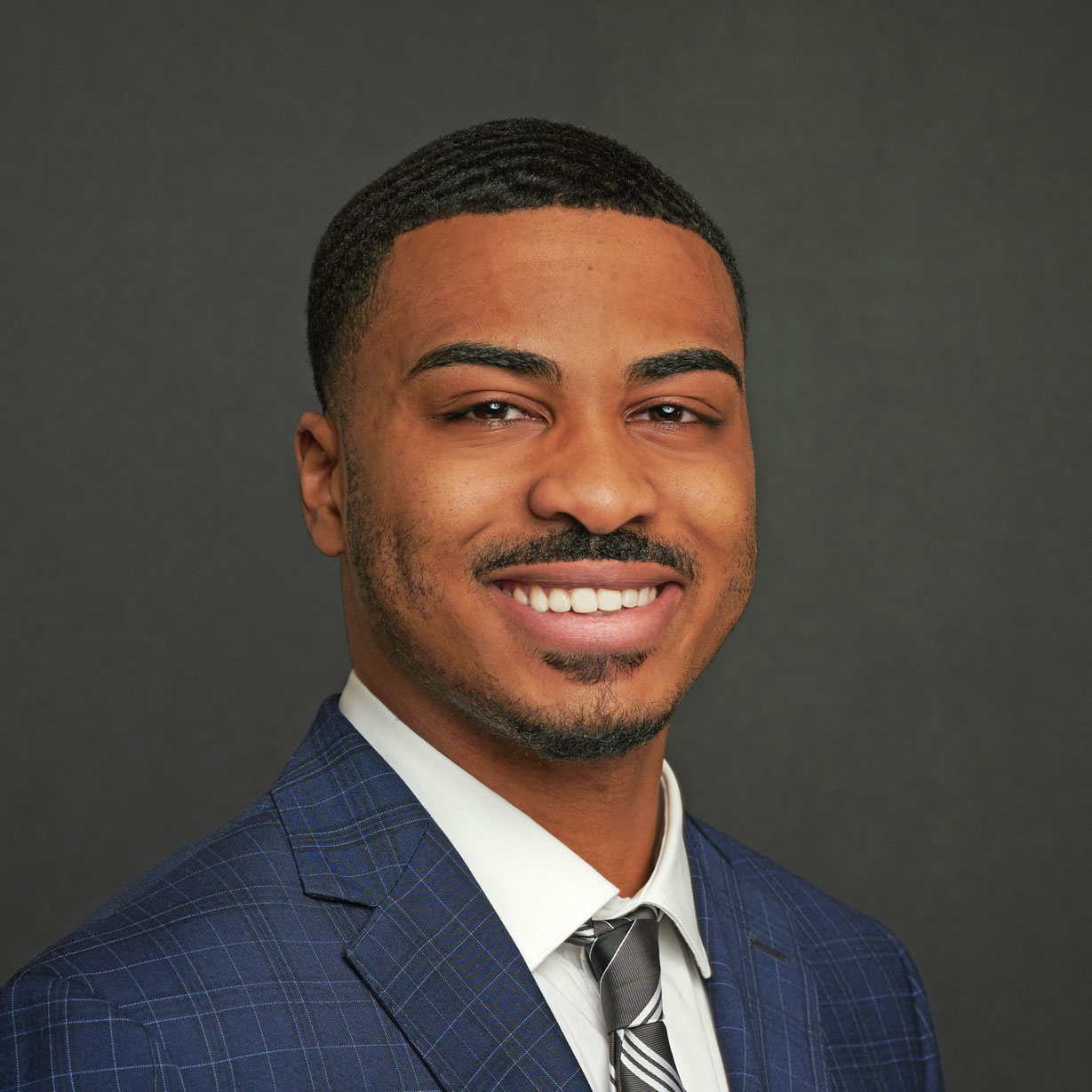
Jahi Tracy
“My cohort has been very supportive,” said Jahi Tracy ’22, M.S. ’24, who was an undergraduate theology major and varsity fencer at BC. “That’s the thing I love about this program: we’re not afraid to share notes. We’re there for each other.”
Even after classes ended in May, those relationships held. “We’re supporting each other through our online summer classes,” said Argant. “We’re still meeting up via Zoom or FaceTime, doing assignments together, and studying together.”
“They’re looking for a career that will have meaning and allow them to have a positive impact.”
—Anya Villatoro, assistant dean, student services, diversity, and inclusion
“We’ve made lifelong friendships,” said Tracy. “That’s the really invaluable thing about this program.” Despite coming from different backgrounds, the Mahoney scholars found common ground. “They’re looking for a career that will have meaning and allow them to have a positive impact,” said Villatoro. “I think that’s the connective thread.”
As the son of a minister and a nurse, Tracy saw firsthand the value in service to others. His mother’s work as a nurse motivated him to enter the field, which led to a passion for pediatrics. Now, he’s looking forward to mentoring next year’s cohort. “If they need help,” he said, “they can reach me.”
IMPROVING REPRESENTATION AND HEALTH OUTCOMES
Mahoney scholars also shared a desire to improve representation in the profession. “As a first-generation Haitian American living in Massachusetts, I experienced and witnessed the barriers lack of diversity creates,” said Argant. “A profession that directly sought to address those issues really aligned with me.”
“We’re working with more and more diverse populations,” said Aghdasi. “We want to be able to bring in people with experiences and backgrounds that these populations share.
“It can help improve health outcomes when we understand each other better.”
—Zina Aghdasi, M.S. ’24
“When I meet an Afghan refugee, I see my mom,” she added. “I talk to them as if they’re my relatives, and there’s a sort of unspoken understanding about what they’re going through. It can help improve health outcomes when we understand each other better.”
Aghdasi saw her status as a second-career nurse as an advantage rather than an insecurity. “We bring life experience that helps us meet the health care gaps that we are currently facing,” she said, citing her experience as a bulwark against possible burnout.
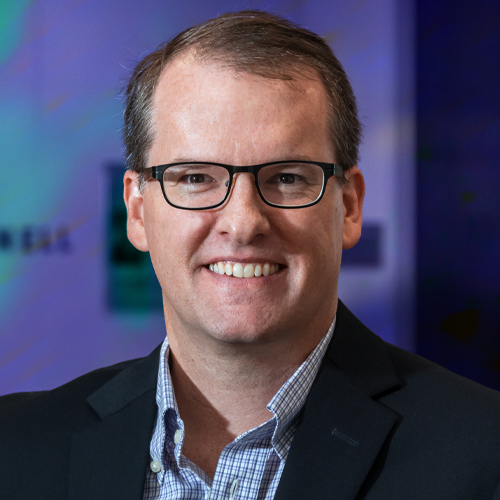
Andrew Dwyer
“It’s not just about learning the pathophysiology, pharmacology, and treatment plan,” said Dwyer. “It’s also about how you bring yourself to the encounter and use yourself therapeutically to foster health, healing, and well-being. That’s what a great clinician will do.”
After the rigor of the first year, Mahoney scholars looked forward to the challenge of the second. “Right now, I’m in a place where, after surviving the first full year of the direct-entry program, I feel a lot more confident in myself and my abilities,” Argant said. “I’m really looking forward to continuing to grow.”
For Aghdasi, witnessing her family’s interactions with the health care system and inequities in her professional life have been a driving factor. “Realizing that I can be that agent of change that’s so desperately needed, and that I’m there, doing the work with the patients and making change in real time, is very motivating,” she said.
“We’re forming clinicians who will value self-care and reflection, and integrate those aspects into their daily practice,” explained Villatoro. “Hopefully, that creates a ripple effect where they might be a model for how to create those spaces.”
“I’m excited for the future,” said Tracy. “I’m just excited to become a nurse.”
About Mary Mahoney
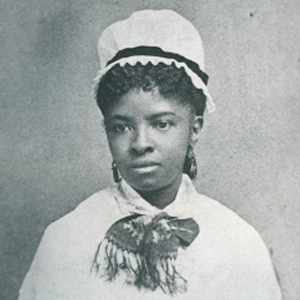
Mary Eliza Mahoney
- Mary Eliza Mahoney was born to freed slaves in 1845 in Boston, Mass.
- As a teenager, she worked at the New England Hospital for Women and Children, known then for its all-women staff. Like some Mahoney scholars, she also worked other jobs, including as a janitor, cook, and washerwoman.
- In 1878, Mahoney was admitted to the professional graduate school for nursing at The New England Hospital for Women and Children, one of the first U.S. nursing schools.
- In 1879, Mahoney graduated, becoming the first professional African American nurse and an unheralded pioneer in the profession.
- Today, the American Nurses Association’s biannual Mary Mahoney Award recognizes “significant contributions … to integration within the nursing profession.”


